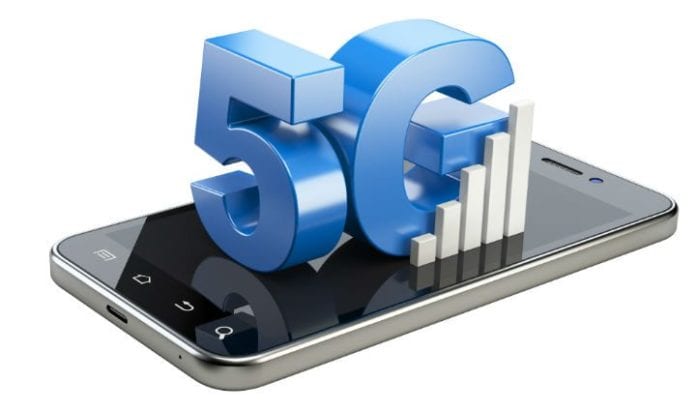IHS analyst Stéphane Téral argues industry should focus true 4G efforts on human connections, reserve 5G advances for connecting IoT
LAS VEGAS – The rush by many to bring next-generation wireless network technology is causing quite the commotion across the telecom space, with “5G” becoming an increasingly common part of conversations. However, questions remain as to what exactly constitutes a generational technology change beyond marketing hype and what the business case is for such a move.
Stéphane Téral, research director for mobile infrastructure and carrier economics at IHS, looked to slow the industry’s marketing roll in the rush to 5G, telling attendees at this week’s DAS & Small Cell Congress the industry needed to take a more practical approach towards evolving mobile network technologies.
Téral began his presentation stating that outside a few Asian countries, there are barely any true “4G” networks in commercial use today, with carrier aggregation the first feature being used by carriers that can be considered truly 4G.
“As soon as you do this, you are at LTE-Advanced and are at 4G,” Téral said.
Looking towards 5G, Téral took exception to the current trend of throwing out all sorts of new technologies like network densification using heterogeneous network platforms, cloud, network functions virtualization, software-defined networking and network slicing.
“These are all independent of 5G technology work,” Téral claimed, adding these advances can be made to current LTE networks to improve performance to true 4G levels.
Téral suggests carriers should continue to support “human” connections on their LTE-Advanced networks, while plans to connect “things” should be the focus of so-called “5G” efforts.
“Let the humans use LTE as it was designed, and put the things on the 5G networks,” Téral said.
In explaining his thoughts on what constitutes 5G, Téral laid out eight key requirements, including:
–1 gigabit per second speeds in the field.
–1 millisecond or less end-to-end latency.
–Support for 1,000-times increase in bandwidth per unit area.
–Support for up to 100-times as many connected devices.
–The perception of 99.999% availability.
–They perception of 100% coverage.
–90% reduction in network energy usage, which he explained could be done in part using centralized radio access network technology.
–Up to 10-year battery life for low-power, machine-type devices.
Going back to his questioning on what constitutes a true technology generation change, Téral said only the 1 Gbps download speed and sub-1 ms in latency were considered as generation defining. And, from what he has seen, the only use case for those two traits were remote robotic surgery, which still has to find a business case.
To hit these performance milestones, Téral said 5G networks would need to use a new air interface, which may need to move away from current cellular architecture that is reliant on cell overlap to allow for hand off between cell sectors. This would also allow for the use of millimeter-wave spectrum bands without having to densify deployments in support of cell overlap.
“In 5G, with millimeter wave and the always-on connectivity of many things – most of them static – we probably need a new structure,” Téral said. “Something not relying on the current hexagonal structure used for cellular to support hand off. If the thing is not moving, you don’t need handoff support.”
Beyond the use of millimeter-wave spectrum and new air interface, Téral said 5G would rely on sub-6 GHz spectrum bands for broad coverage, and antenna advances like beamforming and active antenna technologies.
Bored? Why not follow me on Twitter

